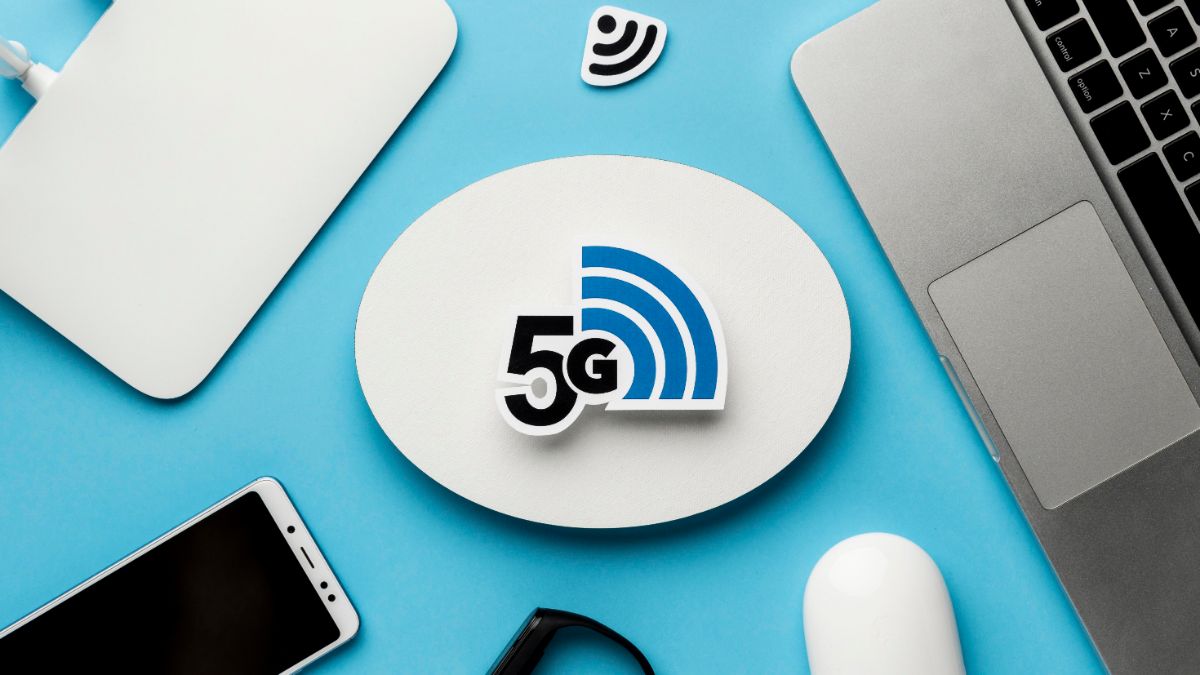Technology is constantly evolving, and Apple is often at the forefront of innovation. One of its most impactful developments in recent years What is Unified Memory. If you’ve heard about Apple’s M1, M2, or even the latest M3 chips, you’ve probably come across this term. But what is Unified Memory, and why does it matter?
In simple terms, Unified Memory is Apple’s unique approach to handling RAM (Random Access Memory), designed to improve performance, efficiency, and user experience across MacBooks, iPads, and other Apple devices. Unlike traditional systems, where the CPU and GPU have separate memory pools, Unified Memory allows them to share the same memory seamlessly.
What is Unified Memory? (The Basics)
Unified Memory is a system where the CPU (Central Processing Unit), GPU (Graphics Processing Unit), and Neural Engine all share the same pool of memory.
- In traditional computers:
- The CPU has its own memory (RAM).
- GPU has dedicated video memory (VRAM).
- Data must be copied back and forth, which takes time and power.
- In Apple’s Unified Memory system:
- All processors access the same memory pool.
- No duplication of data between CPU and GPU.
- Faster performance and better energy efficiency.
Think of it as a single, giant bookshelf that everyone in the house can access, instead of having multiple smaller shelves in different rooms.
How Does Unified Memory Work?
Apple designed Unified Memory to eliminate the bottlenecks of traditional architecture. Here’s how it functions step by step:
- Shared Pool – Instead of separate memory types, all processors dip into one memory pool.
- Low Latency Access – Components access data directly without duplicating it.
- High Bandwidth – Apple uses LPDDR (Low Power Double Data Rate) memory with very high bandwidth, allowing quick data transfers.
- Tightly Integrated – Memory is built into the same chip package as the CPU and GPU, reducing delays and increasing efficiency.
This integration is a key reason why Apple Silicon Macs outperform many competitors with seemingly lower RAM numbers.
Why Unified Memory Matters (Benefits Explained)

Speed & Performance Boost
Since the CPU and GPU don’t waste time copying data back and forth, tasks like video editing, 3D rendering, and gaming become significantly faster.
Energy Efficiency
Unified Memory reduces redundant processes, which means devices consume less power. This is one reason Apple laptops have impressive battery life.
Better Multitasking
Apps share the same memory pool, so switching between demanding apps (like Photoshop and Final Cut Pro) feels smoother.
Compact & Lightweight Design
By integrating memory directly into the chip, Apple avoids bulky hardware. This leads to thinner, lighter devices without sacrificing performance.
Future-Proof Technology

Unified Memory is scalable, meaning future Apple chips (M3, M4, etc.) can expand on the same architecture for even greater efficiency.
Unified Memory vs Traditional Memory
| Feature | Unified Memory (Apple) | Traditional Memory (PCs) |
|---|---|---|
| Architecture | Shared pool for CPU & GPU | Separate RAM & VRAM |
| Performance | Faster due to no data duplication | Slower with data copying |
| Energy Use | More efficient | Consumes more power |
| Device Design | Thinner, lighter devices | Requires more hardware space |
| Upgradability | Not user-upgradable | Often upgradable RAM/VRAM |
Limitations of Unified Memory
While Unified Memory offers enormous advantages, it’s not perfect:
- Not Upgradable: Unlike traditional RAM, you cannot add more Unified Memory later. You must choose wisely when buying your device.
- Expensive: Apple charges a premium for higher memory options.
- Closed Ecosystem: This technology is exclusive to Apple Silicon devices, so that you won’t find it in Windows PCs (at least for now).
Which Apple Devices Use Unified Memory?
Unified Memory is a standard feature in all Apple Silicon devices, including:
- MacBook Air (M1, M2, M3)
- MacBook Pro (13-inch, 14-inch, 16-inch models)
- Mac Mini (M1, M2)
- iMac 24-inch (M1)
- iPad Pro (M1, M2, M4 models)
- Mac Studio & Mac Pro (M1 Ultra, M2 Ultra)
Apple continues to expand What is Unified Memory across its ecosystem, ensuring consistent performance whether you’re on a laptop, desktop, or tablet.
Is Unified Memory Better Than More RAM?
Many users wonder: “If Unified Memory is so good, does it mean I need less RAM?”
The answer: Yes, to an extent.
Because of efficiency, 8GB of Unified Memory often performs like 16GB of traditional RAM.
However, if you use heavy professional apps (video editing, 3D modeling, machine learning), upgrading to 16GB, 24GB, or 32GB Unified Memory is still beneficial.
Unified Memory vs Traditional RAM Explained
| Feature | Unified Memory (Apple Silicon) | Traditional RAM (PCs/Laptops) |
|---|---|---|
| Architecture | Shared pool for CPU, GPU & Neural Engine | Separate RAM (CPU) + VRAM (GPU) |
| Performance | Faster, no need to copy data | Slower due to constant data transfers |
| Efficiency | Low power consumption, longer battery | Higher power use, shorter battery life |
| Design | Built into the chip, compact & lightweight | Requires separate chips, bulkier design |
| Upgradability | Not user-upgradable | Often user-upgradable |
| Cost | Higher, Apple charges premium | Usually cheaper and more flexible |
Practical Examples of Unified Memory in Action

Exploring neuroscience and AI integration, the image highlights innovation alongside what is unified memory learn the basics in computing.Video Editing: Final Cut Pro can handle 4K and 8K videos smoothly without lag.
- Gaming: Games run efficiently since CPU and GPU share textures and assets.
- Machine Learning: The Neural Engine can pull data directly without waiting for transfers.
- Everyday Use: Even with multiple apps open, Macs with Unified Memory remain responsive.
Conclusion
So, what is Unified Memory? In simple words, it’s Apple’s shared memory system that lets the CPU, GPU, and Neural Engine access the same data pool. This approach reduces bottlenecks, boosts performance, saves energy, and allows Apple to design slimmer yet powerful devices.
If you’re buying an Apple device, remember: Unified Memory cannot be upgraded later, so choose wisely. But once you’ve experienced it, you’ll see why it’s one of Apple’s most significant breakthroughs in computing.Looking for more insights on Apple Silicon, performance tips, and device comparisons? Explore TechWelo’s Apple & Hardware Guides for expert breakdowns.
Frequently Asked Questions (FAQs)
What is Unified Memory in Apple devices?
Unified Memory is Apple’s system where the CPU, GPU, and Neural Engine share one memory pool, leading to faster and more efficient performance.
Is Unified Memory the same as RAM?
Yes, Unified Memory is a type of RAM, but instead of being split between CPU and GPU, it’s shared across all processing units.
How much Unified Memory do I need?
- 8GB is acceptable for everyday use.
- 16GB or more is better for professionals handling video editing, 3D modeling, or machine learning.
Can I upgrade Unified Memory later?
No. Unified Memory is built into the Apple Silicon chip and cannot be upgraded after purchase.
Why does 8GB Unified Memory feel faster than 8GB RAM in PCs?
Because of efficiency and shared architecture, 8GB of Unified Memory often performs like 12–16GB of traditional RAM.
Do iPads use Unified Memory too?
Yes, the iPad Pro with M1, M2, and M4 chips uses Unified Memory, delivering desktop-class performance in a tablet.














